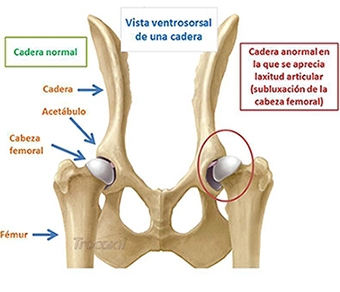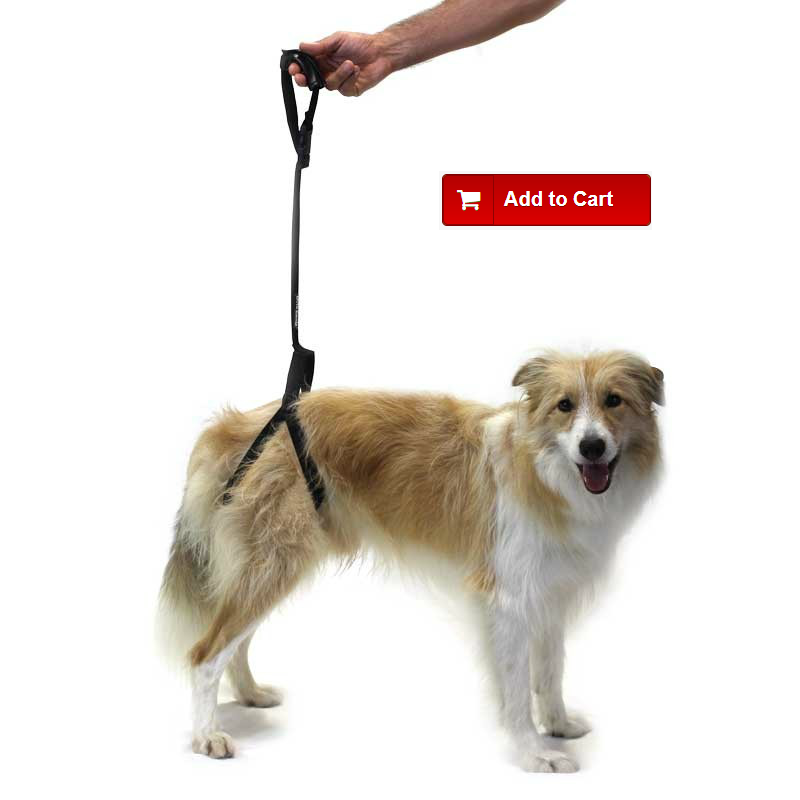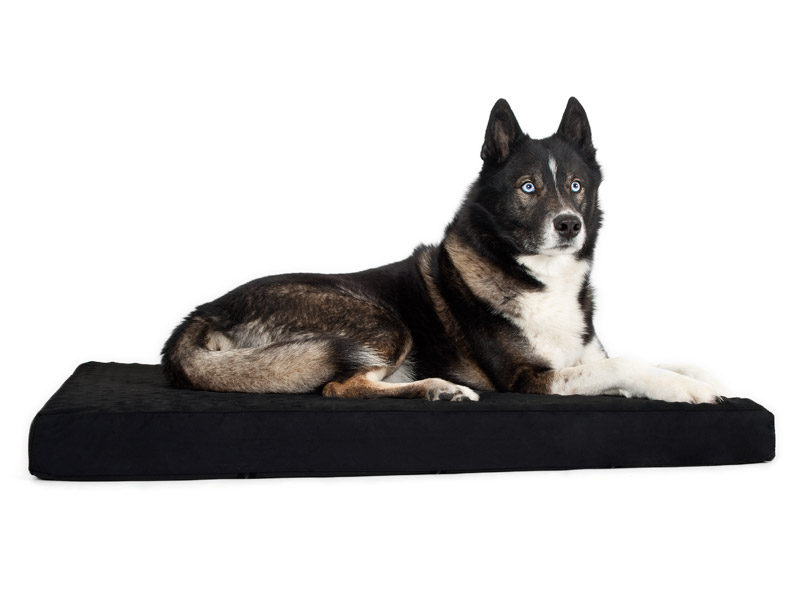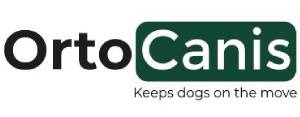Hip dysplasia is a common problem in certain breeds: Bulldogs, Dogue de Bordeaux, Saint Bernard, Neapolitan Mastiff, German Shepherd, Rottweiler and Golden Retrievers. Hip dysplasia occurs in around 20% of all dogs of these breeds.
Dysplasia is a hereditary, multifactorial and polygenic disease, which means that there are several factors that may predispose and cause hip dysplasia.
Environmental factors are increasingly important in the development of hip dysplasia - only dogs with the genetic predisposition can develop the disease however not all of them do, meaning that it is possible that dogs who carry the genes may not develop dysplasia.
There are various degrees of dysplasia and variants which depend on whether the disease develops when the puppy is young or during adulthood. This article will focus specifically on the treatment of dysplasia in young dogs.
Classification of degrees of dysplasia, OFA(Orthopedic Foundation for Animals)
Grade I - Minimal change with little subluxation and few degenerative changes.
Grade II - Visible lateral subluxation of the ball (femoral head) with 25-50% outside of the socket (acetabulum).
Grade III - 50-75% of the ball is outside of the socket - there are significant degenerative changes.
Grade IV - Dislocation of the ball with a flattened socket and ball; there are significant degenerative changes.
Symptoms of dysplasia in young dogs normally appear at 5-6 months and are marked by a significant limp.
Dysplasia shouldn't be ruled out, even if a dog does not show physical signs of dysplasia at 2 years old or if it cannot be seen in X-Rays.
Nutrition is an important factor that can exacerbate the development of hip dysplasia. It is important to ensure a balance of Calcium Phosphorus in your dog's diet and, above all, to make sure not to overfeed your dog or include excessive proteins in their diet. This will help minimise the risk of developing hip dysplasia. A low calorie diet between the ages of 3-8 months can protect against dysplasia, especially in fast-growing dogs. Being overweight at a young age is another factor to watch out for as it could lead to dysplasia.
Dysplasia can be detected no earlier than 5-6 months. Often, dogs can live completely normally with no signs of illness except for an acute limp that limits the dog's mobility. Changes in mood, no longer being playful and reluctance when going for a walk or being around other dogs can be indications of dysplasia. Unsteady hind legs, discomfort and avoiding being touched or pet may also be signs, as well as running away from children, even if a dog has been loving and playful days earlier.
Occasionally, when a dog has grown to 90% of its full size between 8 and 11 months, signs of dysplasia may reduce or even seem to disappear; however dysplasia will still be present and, in many cases, the problems reoccur after some time with the added development of arthritis.
The most common clinical signs are:
- Limp that may increase with exercise
- Walking and jogging with swaying hips
- Morning stiffness
- Difficulty standing up
- Muscle atrophy
- Refusal to move
- Changes in mood
- Tenderness
- The Ortolani test
Although there are surgical methods: excision of the pectineus muscle, triple pelvic osteotomy (TPO), femoral head excision, juvenile pubic symphysiodesis and hip replacement, most hip replacements are performed when the dog is young with the aim of reducing the possibility of secondary hip osteoarthritis in adulthood. Hip replacement should be reserved for severe cases and only once the dog has finished growing.
 Medical treatment is based on anti-inflammatories, starting with natural anti-inflammatories which don't contain medicine. If this does not achieve the desired results, we must also include nutraceuticals (food with added health benefits), and nutritional supplements to reduce the risk of osteoarthritis and protect the articular cartilage. These are primarily used to treat senior dogs but can also be very useful, such as joint protectors for growing dogs. There are also specific supplements for young dogs.
Medical treatment is based on anti-inflammatories, starting with natural anti-inflammatories which don't contain medicine. If this does not achieve the desired results, we must also include nutraceuticals (food with added health benefits), and nutritional supplements to reduce the risk of osteoarthritis and protect the articular cartilage. These are primarily used to treat senior dogs but can also be very useful, such as joint protectors for growing dogs. There are also specific supplements for young dogs.
Maintaining a healthy weight along with low impact, regular exercise are basic ways to help your dog, as well as ensuring a healthy living environment and a warm place to sleep away from moisture. Physical therapy can greatly help to strengthen muscles in order to reduce pain and stress, and to ease other muscles that have been overcompensating for the disease. Methods include TENS, ultrasound, therapeutic exercise, hydrotherapy and therapy using laser shock waves. For more information, refer to this article.
The best way to ensure your dog sleeps well is with a therapeutic dog bed, which will help keep your dog warm and not allow them to be exposed to high humidity. It can also be used in winter with a blanket. Ideally a thermal dog coat can be used throughout year.
We can help dogs with hip dysplasia in many different ways. Regular exercise can be very useful for improving muscle mass that is overworked or to help lessen the impact of dysplasia when jumping or running quickly. Physical therapy and massage can help to restore tired or damaged muscles, and other remedial therapies such as acupuncture, massage or reiki can also work well. Hip supports are also available, which stabilise the pelvis, give support and greatly enhance the quality of life of our pets.
You can also find:


